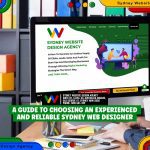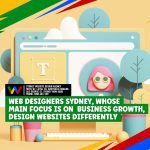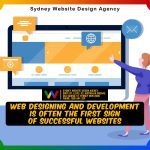Web design frameworks are strategies and tools used to plan the website’s structure and applications that help businesses achieve their objectives if their website design project. They provide a solid foundation for the web development process, making it easier for developers to create complex websites quickly. By using web design frameworks, businesses can eliminate extra coding time and ensure that their projects match the scope of their business objectives. Web design frameworks and web application development efforts also simplify the development process by providing pre-built components such as menus, layouts, and navigation systems, as well as customize features like responsive designs.
Web developers can also take advantage of a wide range of plugins and integrations available with web design frameworks to further streamline the process and increase efficiency. With all these features at its disposal, web development and responsive web design framework helps businesses align their project scope with business goals more efficiently and quickly. It enables developers to meet tight deadlines, while providing an aesthetically pleasing design with user-friendly navigation.
Moreover, responsive web design frameworks also help businesses reduce costs associated with the development process by eliminating the need to purchase additional software or hire multiple coders for the same project. Web frameworks are becoming increasingly popular due to their flexibility and cost-effectiveness, making them a great tool for businesses looking to stay ahead of their competitors. By leveraging this technology, businesses can ensure their projects match their business goals more accurately and remain on budget throughout the entire web development process.
In conclusion, responsive web design frameworks is an excellent tool for businesses who wish to align their projects scope with business goals efficiently and cost effectively. Not only does it make the development process easier, but also helps businesses save time and money. With its wide range of features and integrations, web framework makes it easy for developers to create unique and aesthetically pleasing websites and web pages that meet business objectives.
Introduction
Website design framework is the foundation of a successfully executed website design project. Let’s admit it, website design framework matters a lot nowadays more than it did a couple of years ago. With audiences having access to more websites, a multitude of content to choose from, and companies to check out for new products and services, competition can be quite tough. Having a great website design framework may be your edge that can help you standout from the competition.
What does this mean for businesses, and what is the relevance of websites when it comes to this issue?
With so many websites available for consumers, you want your website to be fast loading, easy to use and navigate through. Unlike before when consumers are limited to hardly any options, audiences nowadays can go from one website to another, looking only for the best product or service but the best experience that they can get out of a website.
There are many reasons why bad website design framework can push customers to your competitors’ website. Learn more why website that designs and structured poorly is costing you.
Table of Contents
What is Web Design Framework

Web design framework is a tool used to develop websites and applications. It provides web designers and web developers with a solid foundation for the development process, making it easier to create complex websites quickly. The frontend frameworks simplifies the development process by providing pre-built components such as menus, layouts, and navigation systems, as well as customise features like responsive designs and non-semantic grid layouts. Additionally, developers can take advantage of plugins and integrations available with web design and web development frameworks to further streamline the process and increase efficiency of the reusable components used to create websites and to creating web applications.
By leveraging web design frameworks, businesses can ensure their projects match their business goals more accurately and remain on budget throughout the entire development process. It eliminates extra coding time and ensures that their projects are completed within the allotted timeframe. Additionally, it helps businesses reduce costs associated with the development process for small projects by eliminating the need to purchase additional software or hire multiple coders for the same project
How to Create Best Web Design Framework

The best way to create a web design framework is to start with the basics – i.e., the user interface, layout, navigation system and content structure. Once these elements are in place, developers should focus on creating customise features such as responsive designs and plugins that can be used to further streamline the development process.
Additionally, developers should ensure that the framework is compatible with modern web browsers and devices to make sure their websites are viewed correctly in all environments. Finally, it’s important to conduct regular tests to ensure the website meets business objectives and user requirements.
To construct or redesign a website that accurately reflects your business, follow these essential steps. Although each project has its quirks, these baseline tasks are necessary for every successful build.
Having a clear and easy-to-understand web design process decreases the overall project time, makes working more efficient, and verifies that no vital steps in rapid development and are forgotten.
Define Your Website Goals
Outline your website’s goals at the very beginning of the design process by creating a creative brief. Ask yourself and your team clarifying questions like those below, and include the answers in the brief to keep your project on course.
- What are the primary objectives of this website?
- Who is the target audience for this website?
- What should visitors be able to do when they arrive at the website?
- Are there any specific features or integrations that must be included in the site design?
- How will we measure success for this project?
- Once you have a solid understanding of your goals, it’s time to move onto planning out your web design
Choose Your Design Framework
Choosing which framework to use for your project is an important step in constructing your website. A web design framework is essentially a set of pre-built components such as menus, layouts, and navigation systems, as well as customise features like responsive designs. By using a framework, a web development framework, you can develop complex websites quickly and efficiently.
Choose Your Design Software
Once you’ve selected your design framework, it’s time to decide the software that you will use to create your website. Popular options include Photoshop and Sketch for graphic design, HTML5 and CSS3 for code editing, and WordPress or Drupal for content management systems (CMS). Be sure to select software that is compatible with the design framework you selected in the previous step.
Create Wireframes & Mock-ups
Wireframes are simplified versions of a website’s design which help developers visualise how elements such as menus, navigation systems, images, text boxes, buttons and more will be laid out on each page. Once the wireframes are approved, the next step is to create detailed mock-ups of each page. Mock-ups provide a more realistic representation of how the finished website might look and allow developers to further refine their design before coding begins.
Develop & Test
The development stage involves writing code to bring the project to life and building out all of its features. It’s important to test your website frequently during this process and make sure it functions as expected on different browsers, devices and operating systems. Additionally, you should review user feedback throughout the development process to ensure that your website meets all business objectives and user requirements.
Launch & Monitor
Once your website is complete and functioning properly, it’s time to launch. Make sure you have a plan in place for regularly monitoring and updating your website, as well as responding quickly to any issues that may arise. By taking the necessary steps now, you can guarantee that your website will continue to meet business objectives and user requirements in the future.
Creating or redesigning a website is no small undertaking, but following these essential steps will help ensure the project is successful from start to finish. Careful planning, the right software and frameworks, testing at every stage of development, and regular maintenance once launched is essential. You can create an effective online presence for your business that is sure to draw in visitors, keep them engaged and help you reach your goals.
By following these steps, you can create a web design process that works for your team and guarantees that no vital steps are forgotten. Document each step of the plan and communicate regularly with everyone involved in the project to ensure success. Using this approach will not only guarantee an effective website but also foster collaboration, increase productivity, improve communication and ensure the highest quality of work from start to finish.
Review & Refine
Even after launching a website, it’s important to review how it performs over time, as well as make any necessary changes or improvements. This includes monitoring analytics such as page views and user engagement, A/B testing different design elements, optimising for mobile devices and responding to user feedback. By regularly refining your website, you can ensure that your online presence continues to be successful in the future.
Creating or redesigning a website can be overwhelming, but following these steps will make it more manageable and help guarantee success. With proper planning, the right software tools, detailed mock ups and ongoing refinement, you can create an effective web design process that meets all of your business objectives and produces quality results.
Benefits of Frontend Web Design Framework
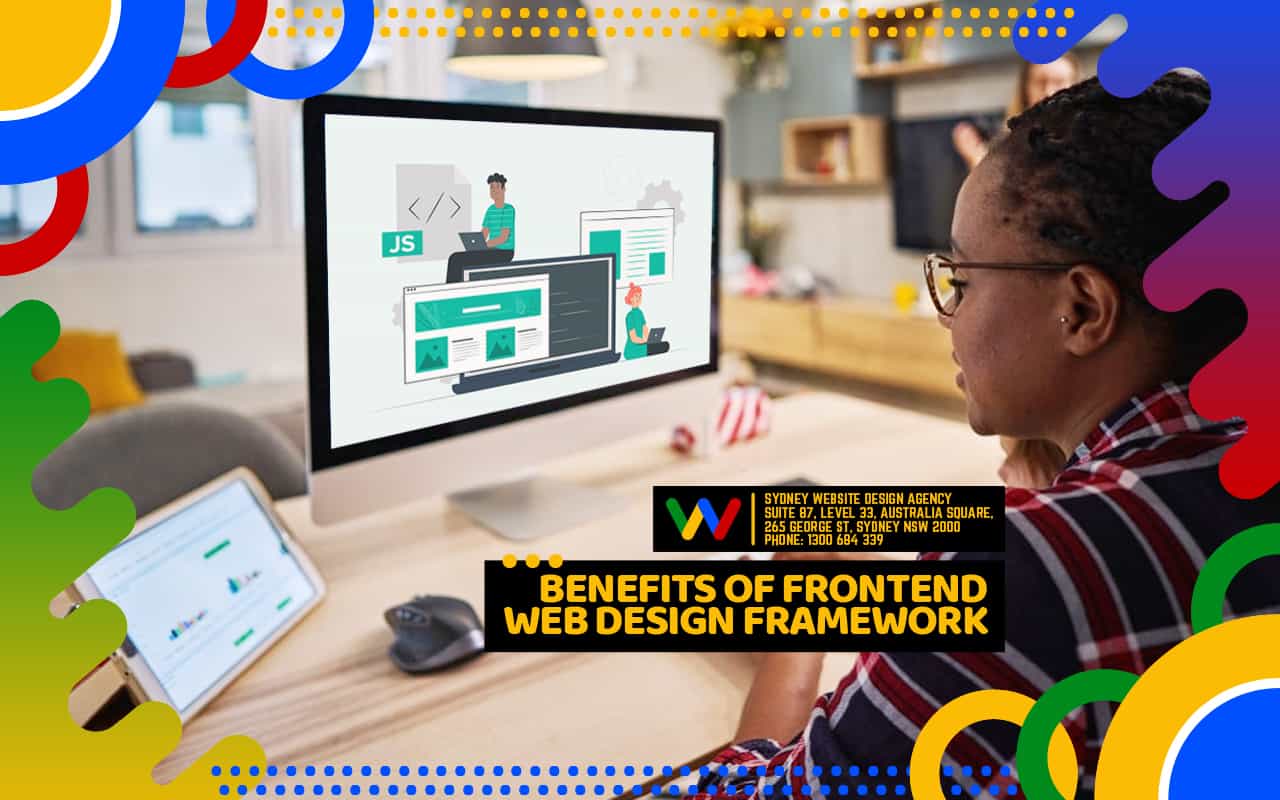
Frontend web design frameworks are powerful tools to help you create a professional website. They provide pre-written code and components that can be used to quickly build out websites with minimal effort. Some other major benefits include:
Increased Productivity & Efficiency
Frontend design frameworks allow developers to write code faster, as they don’t have to start from scratch each time they want to develop a website or web apps. This allows them to focus on more important tasks, such as refining the finished product and responding quickly to client requests.
Consistent Design Across All Browsers & Devices
By using frontend web design frameworks, you can ensure that your website looks consistent across all browsers and devices, which increases user engagement.
Improved Quality
Frontend web design frameworks come with reliable, tested code that has been optimised for performance and speed, making it easier to create high-quality websites in less time
Easy To Learn & Use
Frontend web design frameworks are designed to be easy to learn and use, even for beginners. This makes them ideal for developers who may not have extensive coding experience, programming languages or knowledge of the latest technologies.
Responsive Design
Responsive design ensures that your website looks great on all devices and always appears at its best regardless of the device being used. Frontend web design frameworks make creating a website with responsive design much easier than starting from scratch.
By taking advantage of frontend web design frameworks, you can create a professional website quickly and easily. With the right framework, you can ensure that your website looks great on all browsers and devices, while creating a user experience that will keep visitors coming back for more.
Elements To Consider In Web Design Framework

While frontend web design frameworks provide developers with the tools they need to quickly and easily create a website, there are still several elements that must be considered when selecting one. These include:
Ease of Use
Look for a framework that is easy to learn and use, even if you don’t have extensive coding experience.
Compatibility
Make sure the framework is compatible with all major browsers and devices. This will ensure that your website looks great on any device, regardless of the user interfaces screen size or resolution.
Performance & Speed
Optimising your website for speed is essential to keep users engaged as well as improve search engine rankings. Look for a framework that has been optimised for performance so that your website loads quickly and efficiently.
Customisability
The framework should allow you to customise the design and code to meet your specific requirements. This provides you with more control over the appearance and functionality of your website.
Security
Make sure the framework is secure and has been tested for common vulnerabilities. This will help protect against malicious attacks on your website.
By taking all of these elements into consideration when selecting a frontend web design framework, you can ensure that you’re choosing one that meets all of your needs and provides the best possible user experience. With a quality framework in place, you can start creating a professional website in no time.
Web Design Framework Frequently Asked Questions
What is a frontend web design framework?
Why should I use a frontend web design framework?
What elements should I consider when selecting a frontend web design framework?
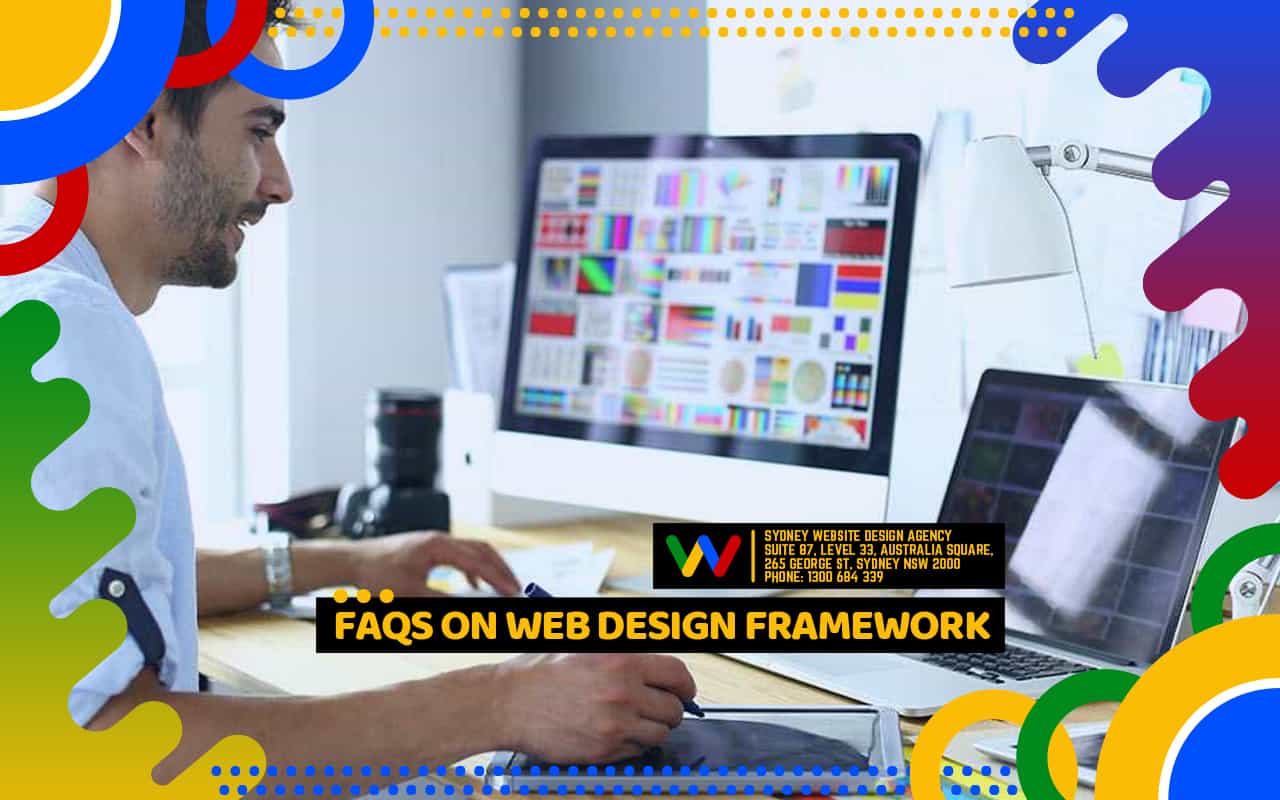
Why Web Design Framework is the foundation of a successful website design project.
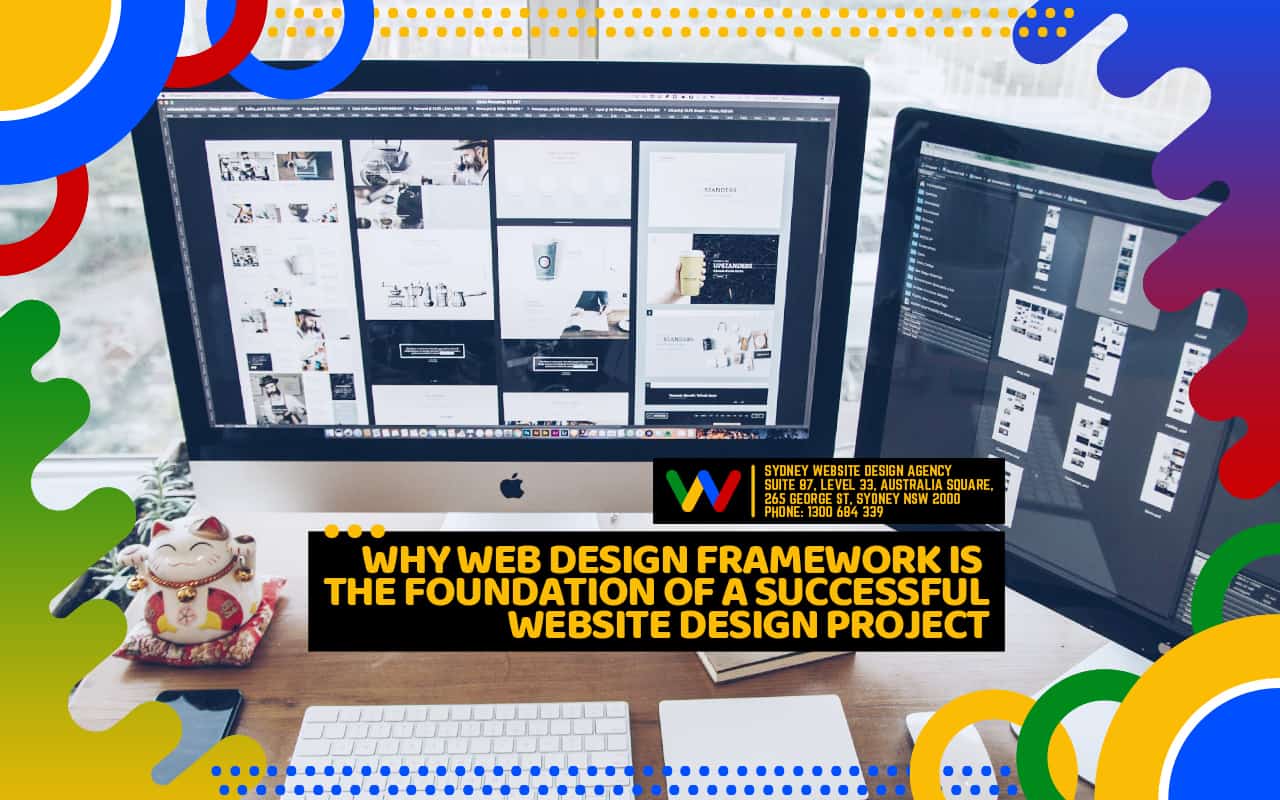
In conclusion, web design framework is an excellent tool for businesses who wish to align their projects scope with business goals efficiently and cost effectively. Not only does it make the development process easier, but also helps businesses save time and money. With its wide range of features and integrations, web design framework makes it easy for developers to create unique and aesthetically pleasing websites that meet business objectives.

























